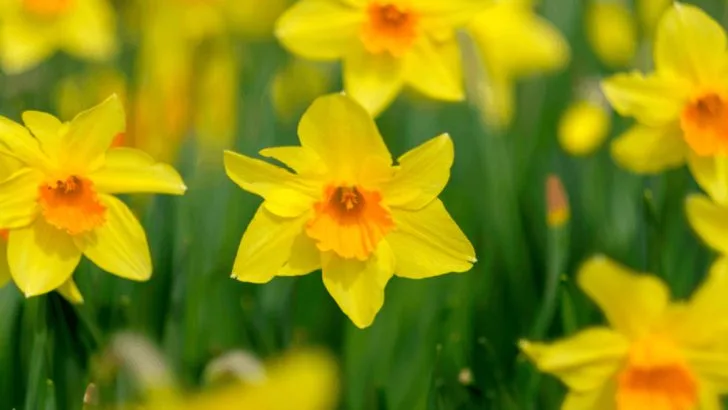Flowers have always been a way to express emotions, but their meanings can go far beyond what we see on the surface. Every petal, color, and shape can carry a unique message, with deep-rooted symbolism tied to different cultures and traditions. While we might think of flowers as simply beautiful gifts or decorations, they often have stories to tell and meanings that we might not even realize.
From the delicate rose to the bold sunflower, these 26 popular flowers come with their own hidden meanings that have been passed down through generations. Understanding what they truly represent can add a whole new layer of appreciation when you give or receive them. So, next time you’re picking a bouquet or admiring a garden, take a moment to think about what each flower really says. You might be surprised at how much more there is to them than just their appearance.
Rose
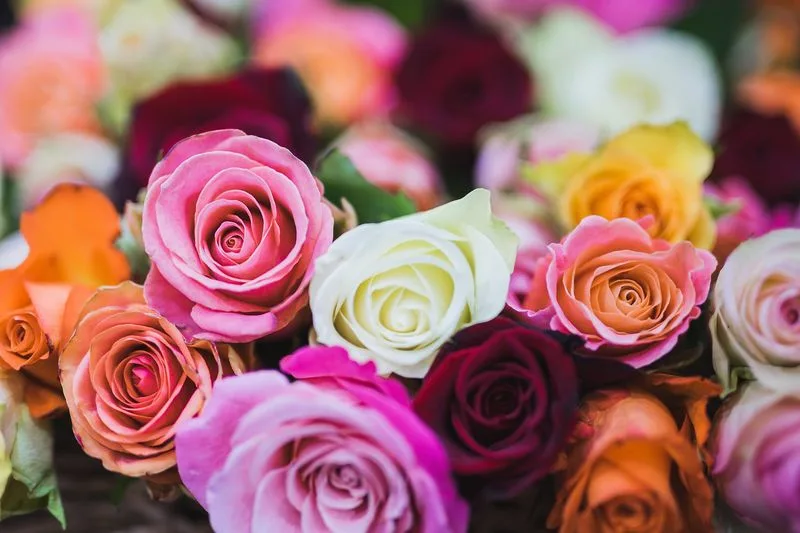
Roses are synonymous with love and passion, their vibrant petals speaking the language of the heart. But beyond the romantic allure, different colors of roses convey distinct messages. For instance, white roses symbolize purity and new beginnings, making them a popular choice for weddings. Yellow roses, on the other hand, stand for friendship and joy. Though often overlooked, the thorns add depth to their meaning, reminding us that beauty can come with challenges. Choose your roses wisely, as their hues can convey subtle sentiments that words cannot fully encapsulate.
Lily
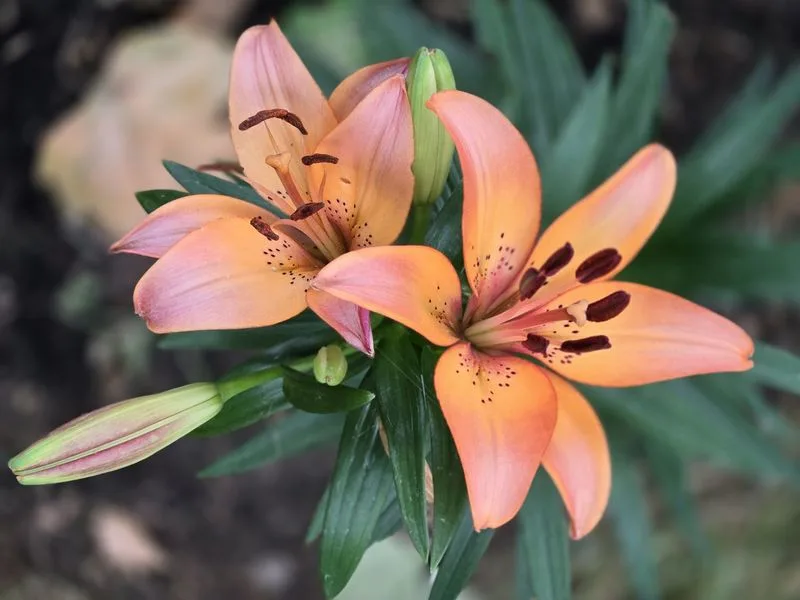
Lilies are revered for their elegance and grace, often associated with purity and refined beauty. In various cultures, lilies are used in ceremonies and rituals, symbolizing renewal and transformation. Their star-shaped blooms can also signify innocence and the virtues of the soul. The fragrance of lilies carries a sense of spiritual awakening, making them a beloved choice for both joyous and somber occasions. Whether in a garden or a bouquet, lilies bring a touch of sophistication and a whisper of tranquility to any setting.
Tulip

Tulips, with their cup-shaped blossoms, are emblematic of perfect love and elegance. Each color holds a distinctive message; red tulips express deep affection, while purple tulips convey royalty and nobility. White tulips are often linked to forgiveness, and yellow tulips symbolize cheerful thoughts. Originating from Central Asia, these flowers have traveled far, carrying with them tales of love and admiration. Their simple yet captivating beauty makes tulips a versatile choice, whether celebrating a romantic gesture or extending a hand of friendship.
Orchid
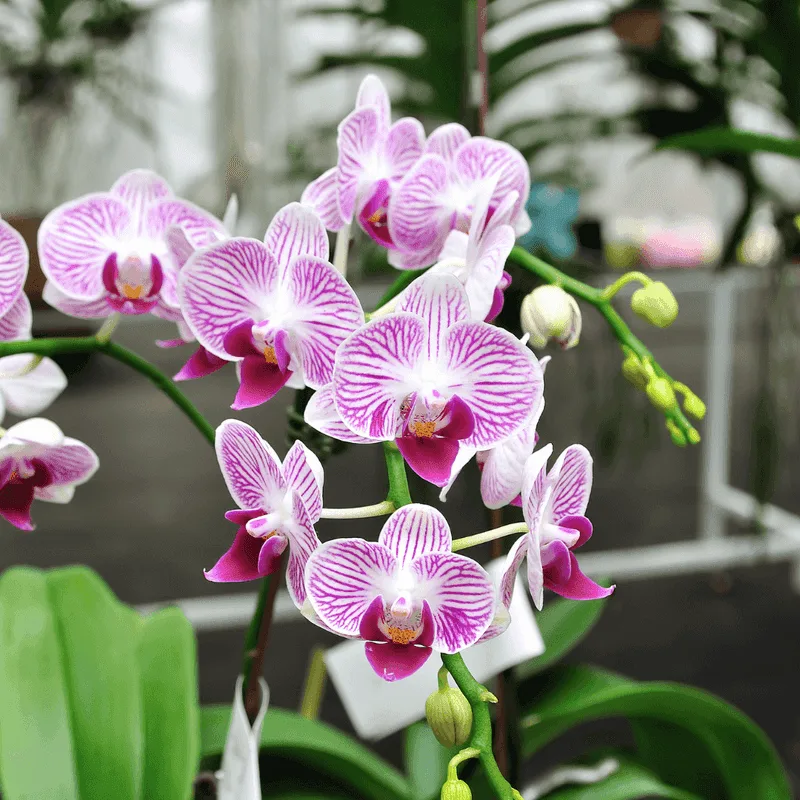
Orchids are exotic blooms that symbolize luxury, strength, and beauty. Known for their intricate patterns and diverse colors, they are often associated with rare and delicate beauty. In ancient Greece, orchids were thought to hold the power of masculinity, while in Chinese culture, they represent refinement and thoughtfulness. These elegant flowers require specific conditions to thrive, mirroring the idea that true beauty often demands patience and care. Orchids make a striking addition to any space, offering a touch of sophistication and a reminder of the extraordinary in the everyday.
Sunflower

Sunflowers are a beacon of positivity and warmth, their bright yellow faces reflecting the sun. Known for their symbolic association with adoration and loyalty, they turn to follow the sun throughout the day—a phenomenon known as heliotropism. Beyond their sunny disposition, sunflowers are also a symbol of harvest and abundance. In many cultures, they are considered a sign of good fortune and vitality. Whether standing tall in a field or brightening up a room, sunflowers bring a sense of cheer and a touch of nature’s wonder to our lives.
Daisy
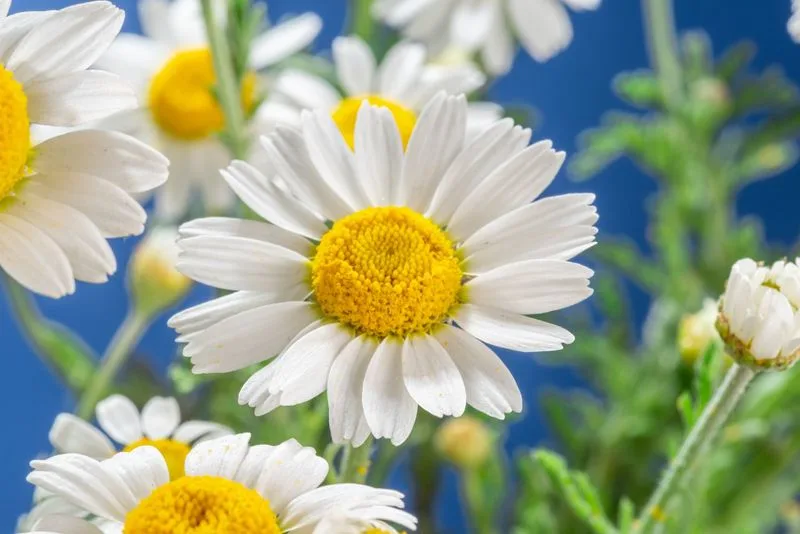
Daisies embody innocence and purity, their simple structure and bright appearance often linked to new beginnings. Traditionally, daisies are associated with children and motherhood, symbolizing the bond between a mother and her child. Their cheerful blooms are a reminder of life’s simple pleasures and the joy found in everyday moments. Daisies can be used to convey messages of hope and renewal, making them a favored choice for celebrations of life and growth. Their unassuming charm lies in their ability to thrive in diverse environments, reflecting resilience and adaptability.
Carnation
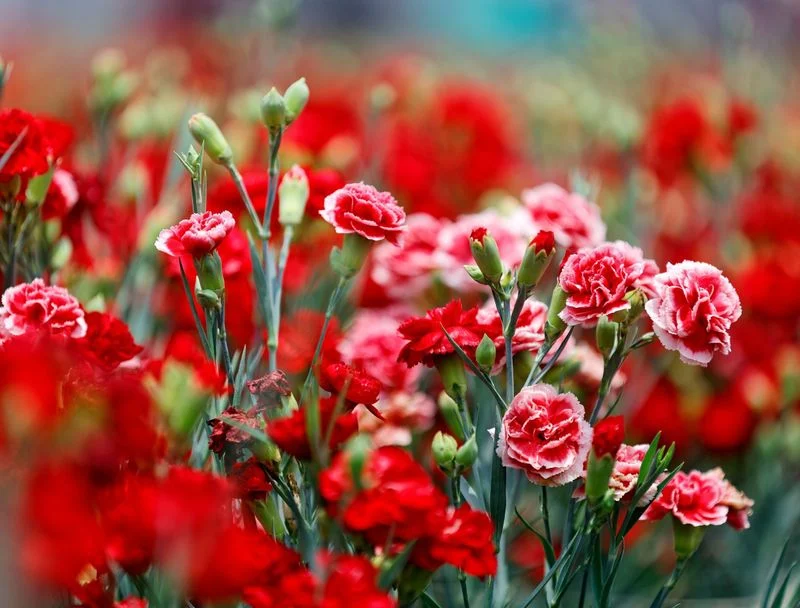
Carnations are rich in symbolism, each color narrating a different tale. Red carnations express admiration, while pink ones are often associated with a mother’s undying love. White carnations signify purity and luck, making them popular in weddings. These blooms have been cherished for their delicate ruffled petals and subtle fragrance. With roots tracing back to ancient Greece, carnations have been a symbol of love, fascination, and distinction. Whether used in formal events or casual gatherings, they carry a legacy of sentiments that speak to the heart.
Lavender
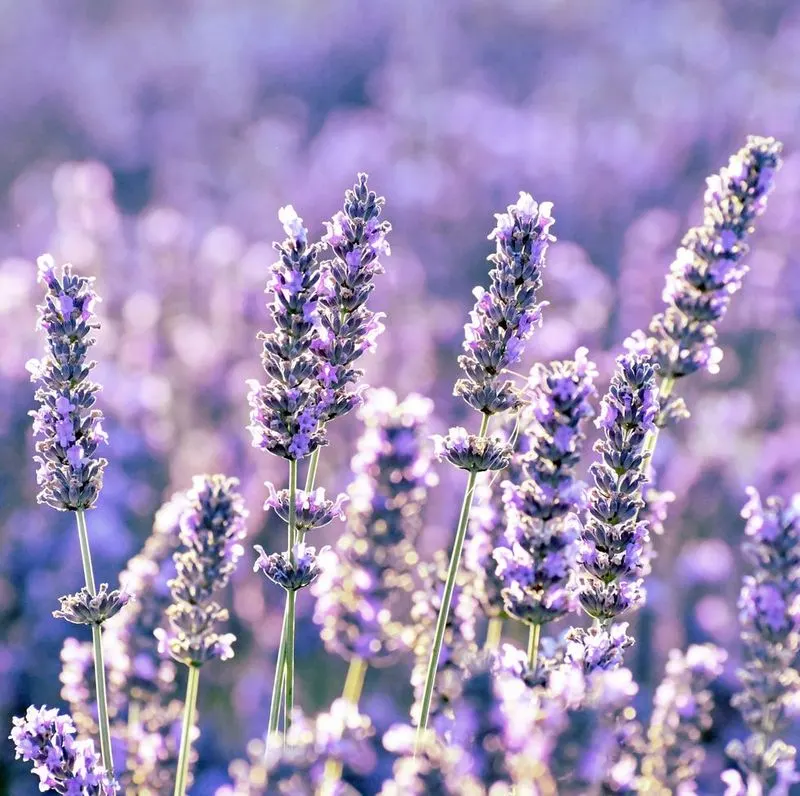
Lavender is celebrated for its calming properties and soothing aroma, often symbolizing serenity and devotion. Historically, lavender has been used for purification and healing, its scent believed to ward off negative energies. In the language of flowers, lavender expresses grace and elegance, often associated with a sense of calm and tranquility. Its delicate purple flowers are not just pleasing to the eye but also hold practical uses in medicinal and culinary applications. Lavender’s gentle presence reminds us of the beauty in simplicity and the peace found in nature.
Iris
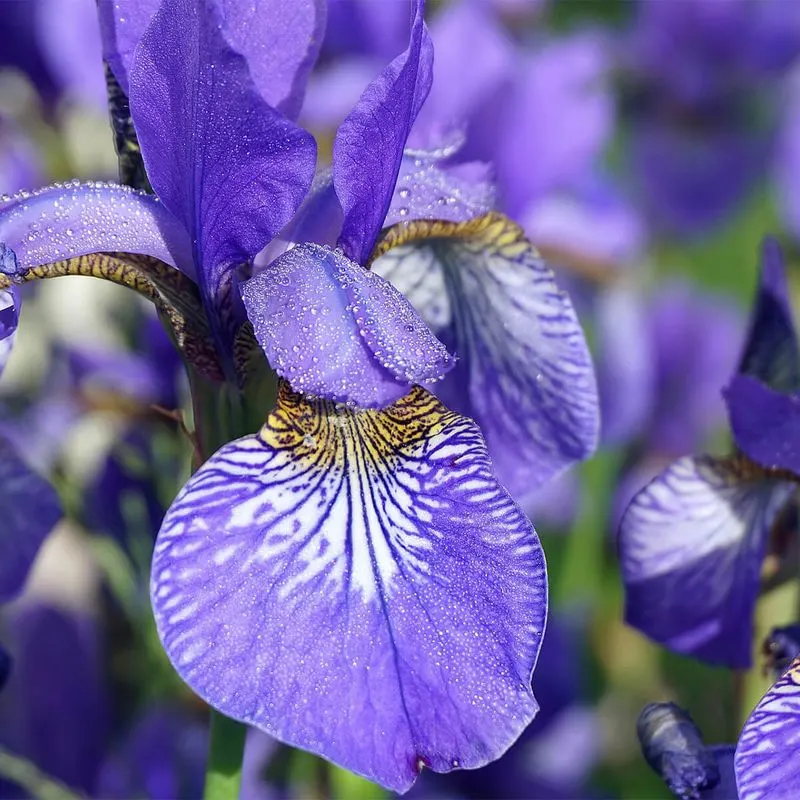
Iris flowers are a symbol of wisdom and valor, their regal appearance often linked to royalty and nobility. Named after the Greek goddess of the rainbow, irises are known for their striking colors and unique petal structure. These flowers have been associated with messages of hope and ambition, their tall stems reaching for the sky. Irises hold a special place in art and literature, representing inspiration and creativity. Whether in a garden or a floral arrangement, they add a touch of elegance and a hint of the extraordinary to any setting.
Chrysanthemum
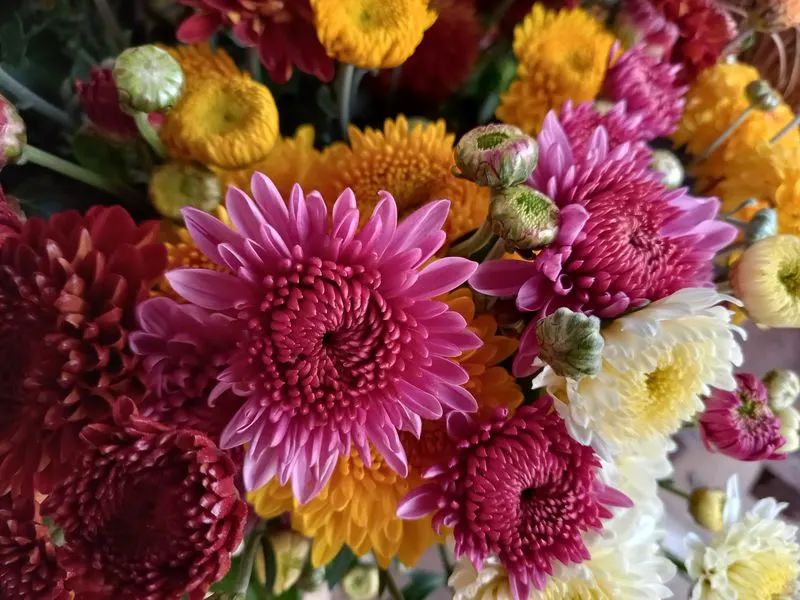
Chrysanthemums are a symbol of optimism and joy, often associated with autumn and the harvest season. In many cultures, these flowers represent longevity and rejuvenation, their blooms brightening the late months of the year. The diversity of colors and shapes makes chrysanthemums a versatile choice for various occasions. In Japan, they are a symbol of the imperial family and a token of the sun. Chrysanthemums remind us to embrace change and find beauty in every season, offering a burst of color and a touch of nature’s resilience.
Peony
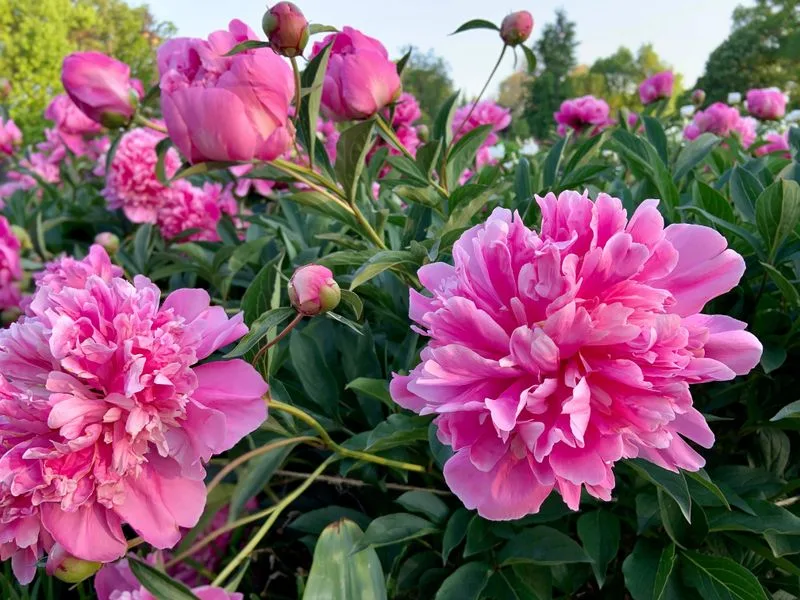
Peonies are synonymous with romance and prosperity, their lush blooms a favorite in weddings and celebrations. In Chinese culture, peonies are known as the ‘king of flowers,’ symbolizing wealth and honor. These flowers also represent good fortune and a happy marriage, making them a popular choice for bridal bouquets. The layers of petals in a peony mirror the complexity of relationships, each fold revealing a deeper beauty. Their captivating charm and rich fragrance have made peonies a beloved choice for those seeking to convey heartfelt emotions.
Daffodil
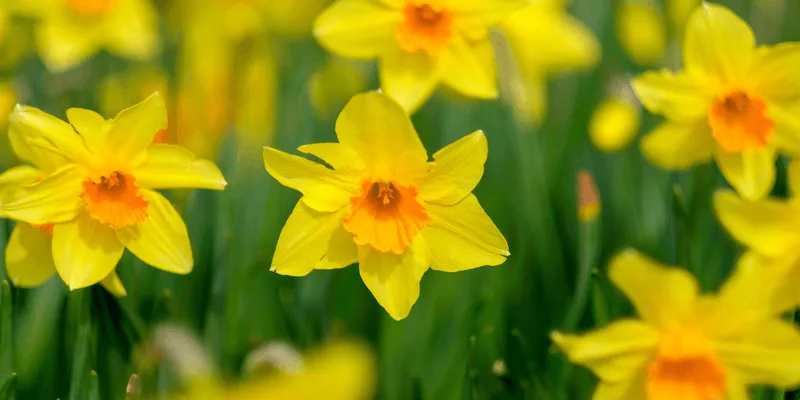
Daffodils herald the arrival of spring, symbolizing rebirth and new beginnings. Their cheerful yellow blooms are a beacon of hope and renewal, often associated with positive energy and optimism. In literature, daffodils are a muse for poets, their bright faces capturing the essence of nature’s revival. These flowers remind us of the cyclical nature of life and the promise of brighter days ahead. Whether in a garden or a vase, daffodils bring a splash of color and a sense of rejuvenation to any environment.
Hydrangea
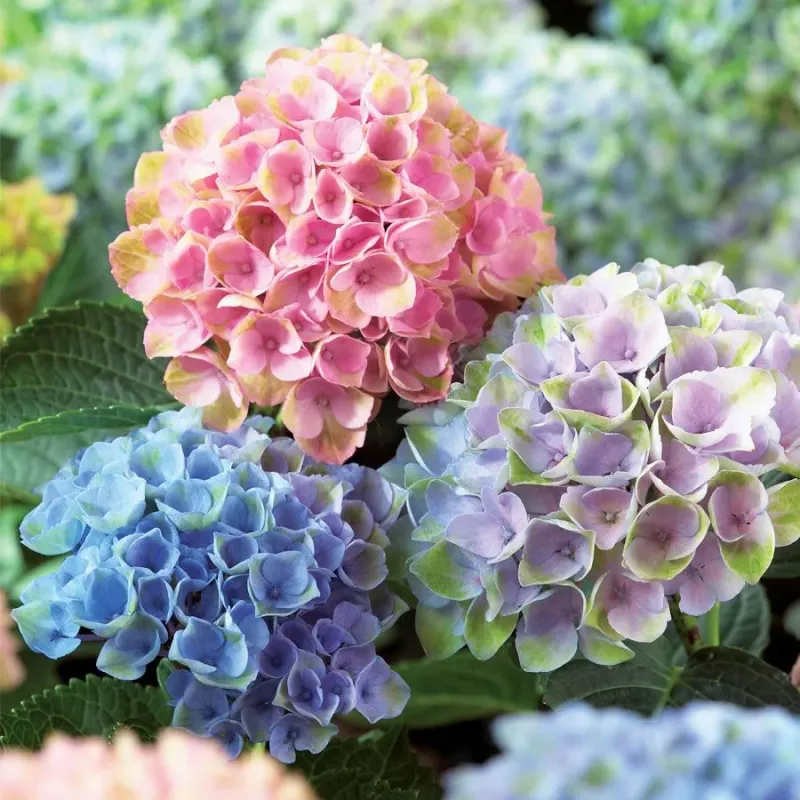
Hydrangeas are known for their voluminous blooms and diverse colors, each hue carrying different meanings. Pink hydrangeas symbolize heartfelt emotions, while blue ones are often linked to understanding and apology. These flowers are a testament to the beauty of transformation, their colors changing with soil pH. In Japanese culture, hydrangeas are a gesture of gratitude and deep emotion. Their lush clusters add a touch of elegance to gardens and floral arrangements, offering a visual treat that speaks to the heart’s deepest sentiments.
Gardenia
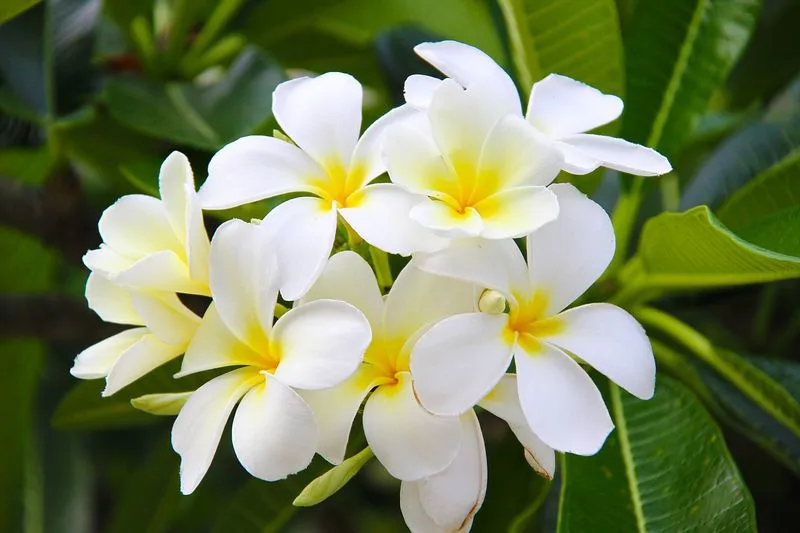
Gardenias exude a sense of mystery and allure, their creamy white flowers symbolizing purity and secret love. Known for their intoxicating fragrance, gardenias are often used in perfumes and as a token of appreciation. In Victorian times, they were a symbol of a secret admirer, their scent a whisper of unspoken feelings. Gardenias require care and attention to thrive, reflecting the delicacy of the emotions they represent. Whether in a bouquet or a garden, these blooms offer a touch of elegance and a hint of romance.
Poppy
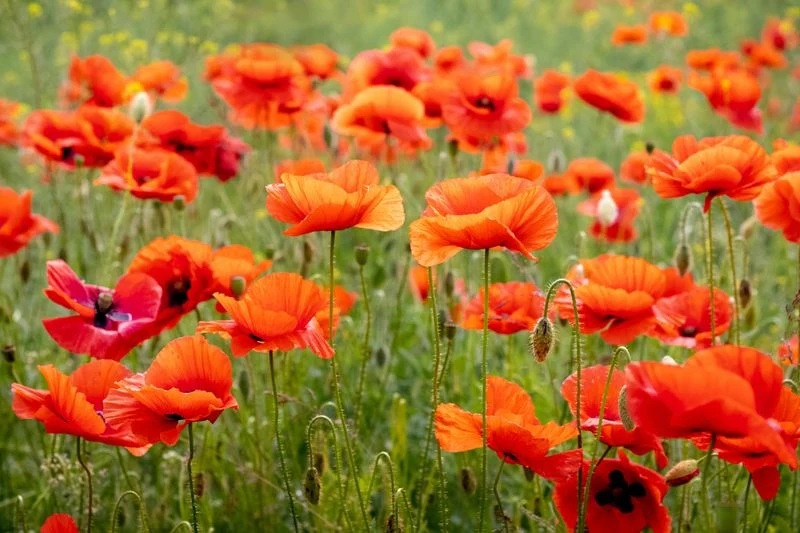
Poppies are poignant symbols of remembrance and peace, their delicate petals often associated with the fallen soldiers of World War I. In various cultures, poppies represent dreams and imagination, their vibrant colors a contrast to their ephemeral nature. These flowers have inspired artists and writers, their fleeting beauty a reminder of life’s transience. Poppies can also symbolize restful sleep and recovery, making them a thoughtful addition to gardens and floral arrangements. Their haunting beauty captures the imagination, offering solace and inspiration in equal measure.
Marigold

Marigolds are a vibrant symbol of warmth and creativity, often associated with the sun and its life-giving energy. In some cultures, they are used in celebrations and rituals, representing the cycle of life and death. Their bright orange and yellow hues are believed to drive away negative energies, bringing positivity and cheer. Marigolds are also used in companion planting, their scent deterring pests and promoting healthy growth in gardens. These flowers remind us of the resilience and vibrancy of life, offering a burst of color and a sense of vitality.
Forget-Me-Not
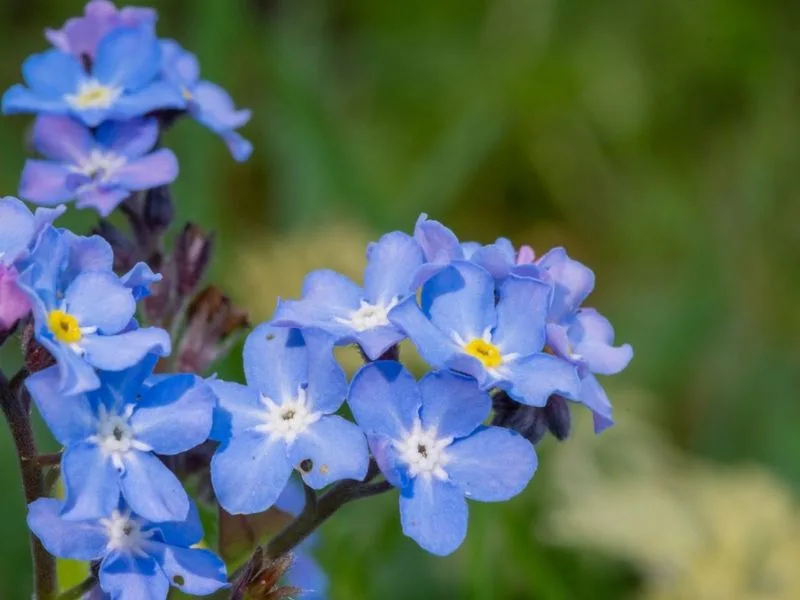
Forget-me-nots are delicate flowers that symbolize remembrance and enduring love. Their name is a testament to their role in preserving memories and connections across time. Often used in weddings and memorials, these tiny blue blooms are a promise of fidelity and loyalty. In folklore, forget-me-nots are said to bring comfort to those who have lost loved ones, their presence a gentle reminder of cherished moments. Whether growing wild in a meadow or carefully tended in a garden, forget-me-nots offer a quiet elegance and a sense of continuity.
Lilac
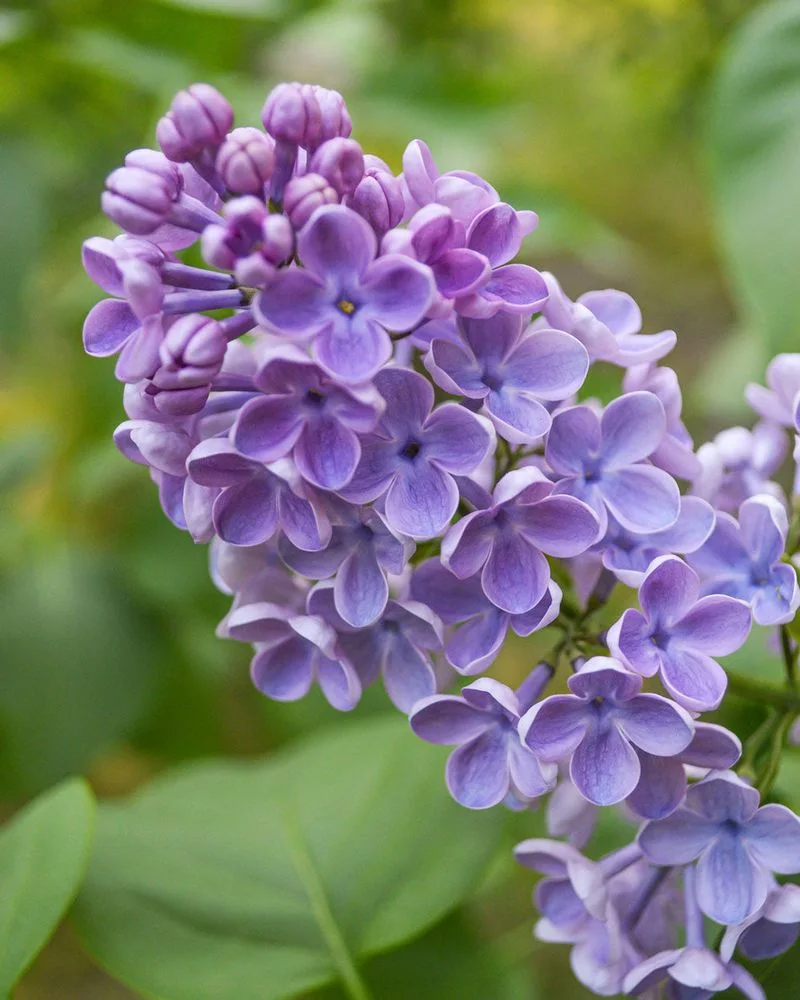
Lilacs are cherished for their intoxicating fragrance and delicate purple blooms, often symbolizing the joy of youth and the promise of love. In the language of flowers, they represent the first emotions of love and are a popular choice for springtime celebrations. Lilacs are steeped in mythology and folklore, with stories of love and enchantment woven into their history. These flowers remind us of the ephemeral beauty of spring, their brief blooming period a celebration of life’s fleeting moments. Lilacs bring a touch of nostalgia and a hint of romance to any setting.
Magnolia
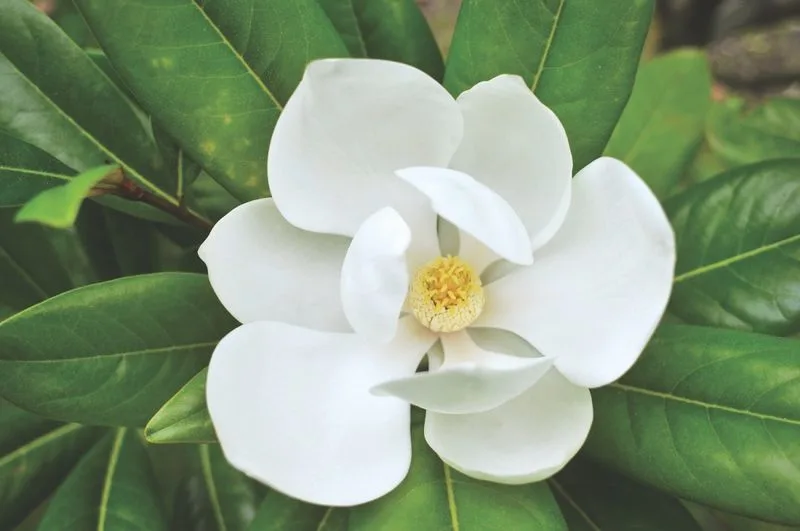
Magnolias are a symbol of dignity and perseverance, their large blossoms and sturdy branches reflecting strength and beauty. Often associated with Southern charm and hospitality, these flowers are a staple in gardens and landscapes. Magnolias have a rich history, their fossil records dating back millions of years. They symbolize the endurance of nature and the elegance found in simplicity. Whether blooming in a garden or adorning a vase, magnolias offer a timeless beauty that speaks of grace and resilience. Their presence is a reminder of the strength found in gentleness.
Zinnia
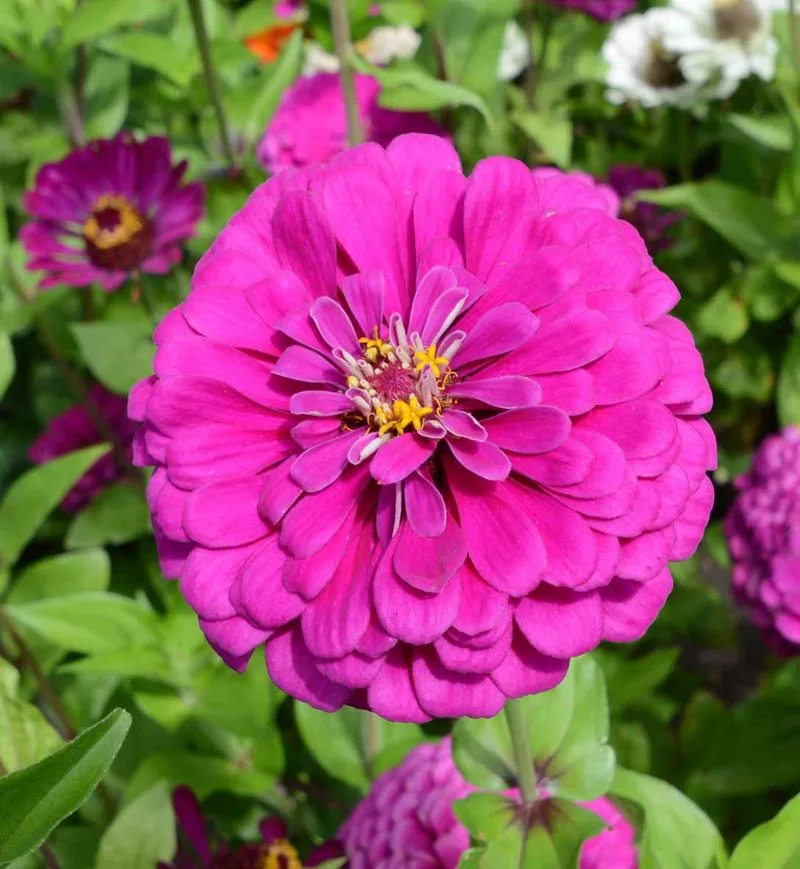
Zinnias are a bright symbol of endurance and lasting friendship, their vibrant colors a celebration of life’s joyful moments. Known for their resilience and ability to thrive in challenging conditions, zinnias are often associated with thoughts of absent friends. Their bold blooms bring a sense of cheer and optimism, making them a popular choice for bouquets and garden displays. In the language of flowers, zinnias convey messages of affection and steadfastness. These flowers remind us of the enduring nature of true friendship and the beauty found in life’s simple pleasures.
Sweet Pea
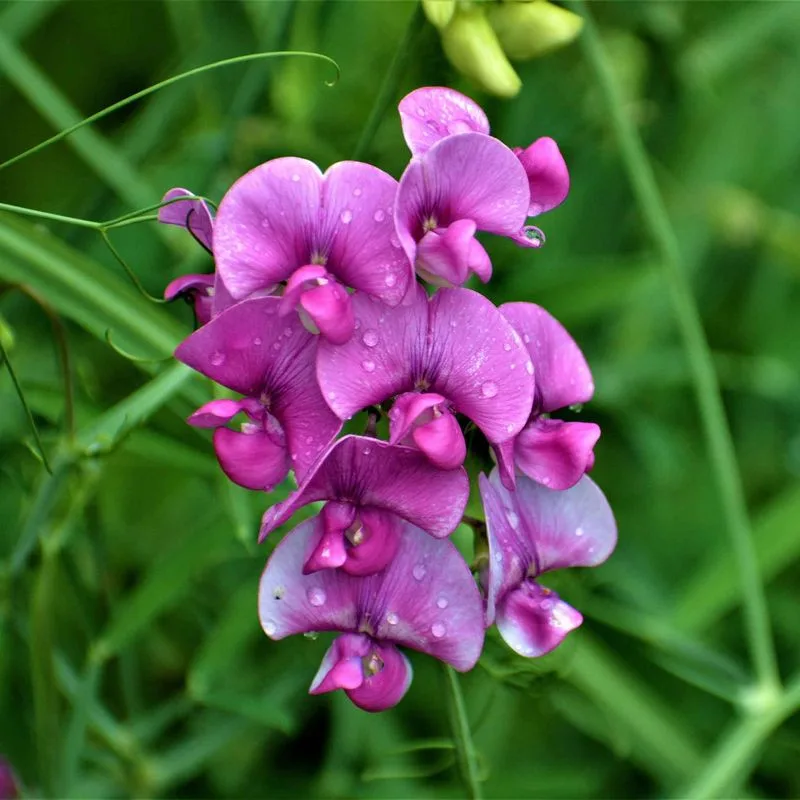
Sweet peas are a fragrant symbol of blissful pleasure and delicate beauty, often associated with goodbyes and departures. Their sweet scent and charming colors make them a favorite in gardens and floral arrangements. In Victorian times, sweet peas were a way to express gratitude and appreciation, their blooms a gesture of farewells. These flowers remind us of the fleeting nature of joy and the importance of cherishing each moment. Whether climbing a garden fence or displayed in a vase, sweet peas offer a touch of elegance and a hint of nostalgia.
Hibiscus
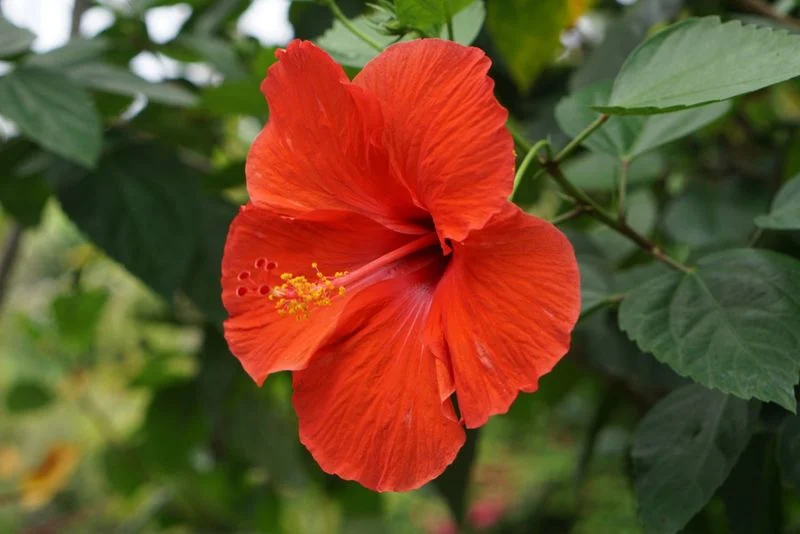
Hibiscus flowers are a symbol of delicate beauty and exotic allure, often associated with tropical climates and vibrant cultures. In many cultures, hibiscus is used in ceremonies and celebrations, representing fertility and femininity. Their large, colorful blooms are a feast for the eyes, attracting butterflies and hummingbirds. The hibiscus reminds us of the vibrancy and diversity of nature, offering a splash of color and a sense of wonder. Whether in a tropical garden or a floral arrangement, hibiscus flowers bring a touch of paradise to any environment.
Freesia
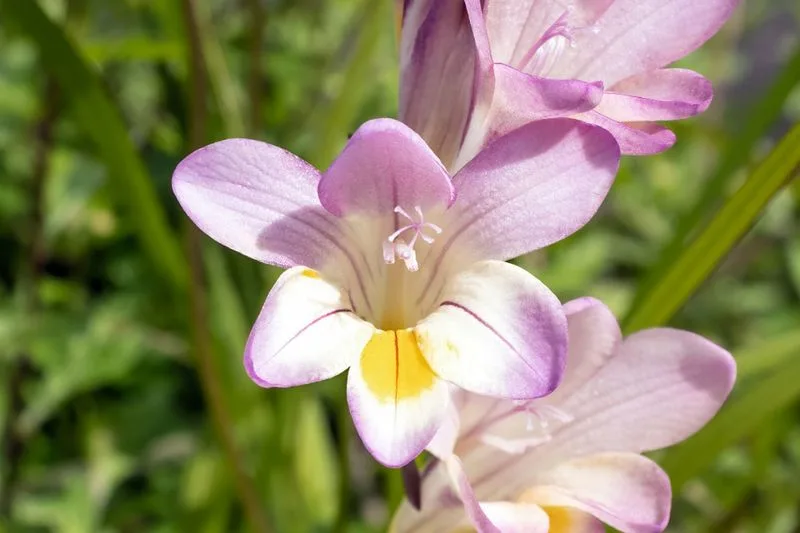
Freesias are a symbol of innocence and friendship, their delicate blooms and sweet scent a celebration of trust and affection. Often used in weddings and special occasions, freesias convey messages of innocence and purity. These flowers are known for their vibrant colors and graceful arching stems, adding a touch of elegance to bouquets and arrangements. In the language of flowers, freesias are a way to express thoughtfulness and care. Their presence is a reminder of the beauty found in simple gestures and the joy of genuine connections.
Ranunculus
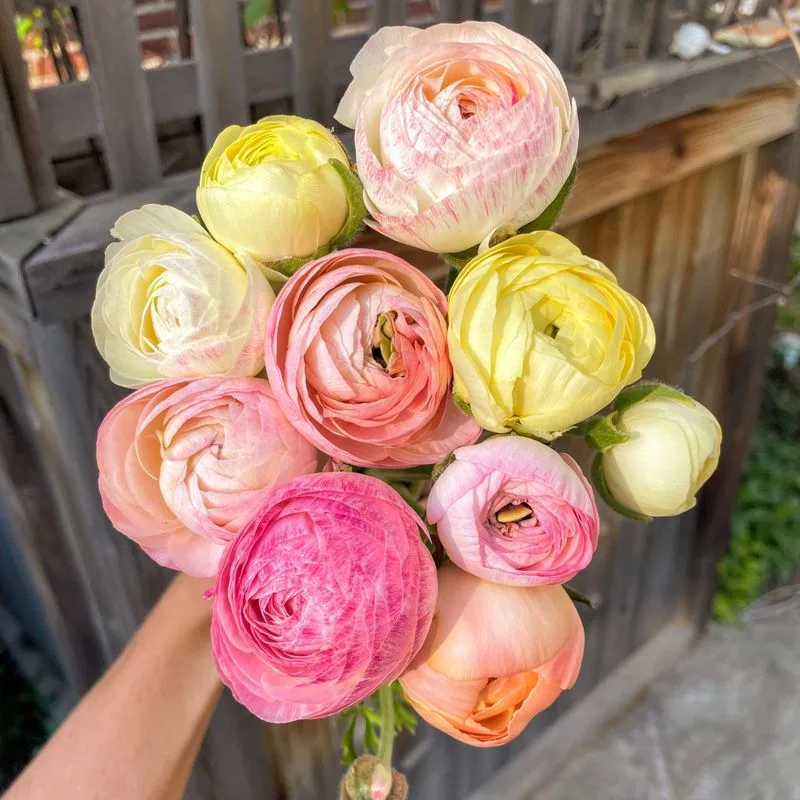
Ranunculus flowers are a symbol of radiant charm and attractiveness, their layered petals a testament to nature’s artistry. These blooms are often associated with romance and passion, making them a popular choice for weddings and romantic gestures. Their vibrant colors and intricate petal structure add a touch of luxury to floral arrangements. In the language of flowers, ranunculus conveys messages of admiration and desire. These flowers remind us of the beauty found in complexity and the allure of the extraordinary, offering a visual feast that captivates the senses.
Anemone
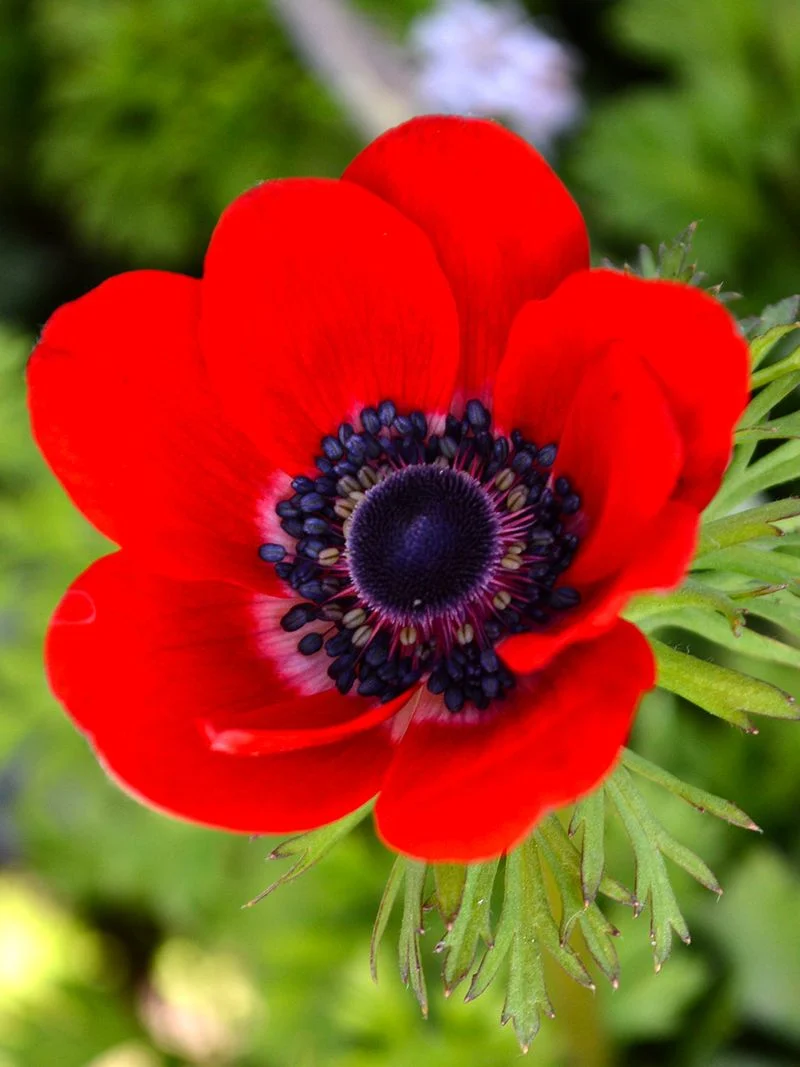
Anemones are a symbol of anticipation and protection, their delicate blooms often associated with the arrival of spring. In Greek mythology, they are linked to the story of Adonis and represent the transient nature of life. These flowers are known for their vibrant colors and unique petal structure, adding a touch of elegance to gardens and arrangements. In the language of flowers, anemones convey messages of expectation and hope. Their presence is a reminder of life’s fleeting beauty and the promise of new beginnings, offering a gentle elegance that enchants the heart.
Camellia
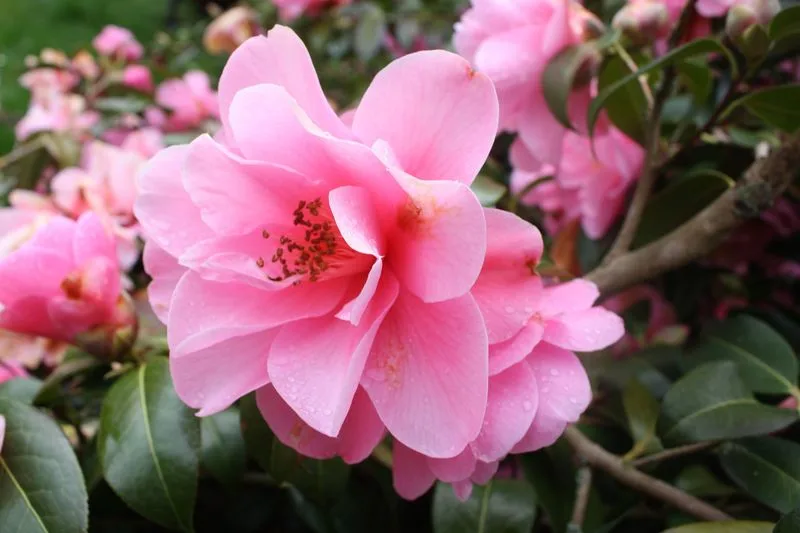
Camellias are a symbol of love and admiration, their lush blooms often associated with perfection and refined beauty. In Asian cultures, they are a symbol of longing and devotion, their presence in gardens a testament to elegance and grace. These flowers are known for their symmetrical petals and glossy green leaves, adding a touch of sophistication to any setting. In the language of flowers, camellias convey messages of admiration and affection. Their presence is a reminder of the beauty found in simplicity and the elegance of nature’s creations.

